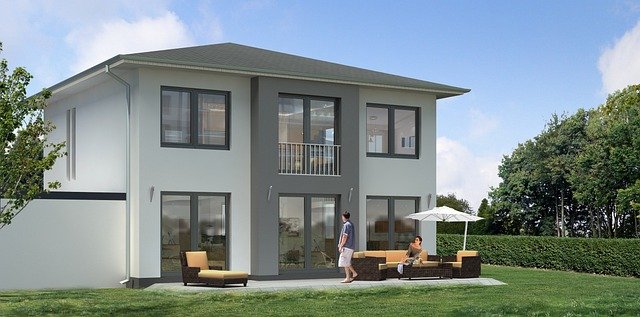3D visualization is a important tool for engineers, allowing them to bring their designs to life in a realistic manner. This blog post explores the colorful styles of 3D visualization available for engineers to produce stunning visualizations of both innards and surface architectural objects. From photorealistic definitions to interactive walkthroughs, we’ll take a look at the different options available and bandy the advantages and disadvantages of each. Techniques like 3D laser scanning Gloucestershire further enhance these visualizations by providing highly accurate digital models, ensuring engineers can create even more precise and detailed representations.
1.) Creating a 3D model
When it comes to 3D visualization of architectural objects, in a 3d render company the first step is to produce a 3D model. This is done using a combination of technical software and the moxie of a 3D artist. To start, the artist will generally begin by constructing a wireframe mesh or object that defines the introductory shape of the object. Once the object is duly shaped, they will also add details similar as windows, doors, trim, and other features. The final stage of creating a 3D model is texturing, which involves applying colors, textures, and accoutrements to give the object its realistic look. After these way are completed, the 3D model can be rendered and post-processed to produce a stunning visualization.
2.) Adding textures and accoutrements
When creating a 3D visualization of an architectural object, it’s important to add texture and accoutrements to the model. Textures can give the 3D model a realistic look, while accoutrements will add depth and dimension. Texturing is the process of adding images or patterns to the 3D model to give it further detail. These textures can be added to individual objects or applied to entire scenes. Accoutrements are also important as they define how light interacts with the 3D model. This can give the model a realistic sense and allows you to control the intensity of the light in the scene. When adding textures and accoutrements to your 3D visualization, make sure to consider how it’ll look in the final picture.
3.) Lighting the scene
Lighting is an important part of 3D visualization of architectural objects, innards or surface. It helps to define the mood and literalism of the scene. Proper lighting adds literalism to the 3D visualization as it highlights details and adds murk for a more realistic effect. A good lighting setup can make the difference between a good 3D visualization and a great bone. There are colorful ways to light a 3D scene, including using natural lighting, HDR images, or artificial lights. Natural lighting can be used to recreate the feeling of out-of-door lighting in an interior scene or to give an overall feeling of daylight inside a structure. HDR images can be used to pretend any type of light and give realistic results with little trouble. Artificial lights can be used to produce goods similar as limelights and other goods. When lighting a 3D visualization, it’s important to keep in mind that different accoutrements bear different quantities of light to look realistic. It’s also important to suppose about how the lighting will affect the terrain, similar as murk cast by trees or objects. conforming the lights until the asked look is achieved is important for a successful 3D visualization.
4.) Rendering the image
Once the 3D scene is set up, it’s time to render it out into an image. Rendering involves calculating how light bounces and reflects off of colorful objects in the scene to produce a print-realistic result. For a 3D visualization of an architectural object, this can be relatively complex, as numerous factors like color, light, shadow, reflections, and further need to be taken into account. With ultramodern computer tackle, still, the process can be done relatively snappily and efficiently. The rendered affair will be a high- quality image that directly portrays the 3D scene created.
5.)Post-processing the image
After a 3D visualization has been rendered, it’s important to do some post-processing work in order to achieve the asked outgrowth. This involves conforming the color, discrepancy, brilliance, and other aspects of the 3D visualization. Somepost-processing ways can also be used to add textures and accoutrements to the 3D visualization. Also, special goods similar as blur and depth of field can be applied to enhance the literalism of the 3D visualization. Eventually, colorful adaptations to light and murk can be made in order to give a better sense of atmosphere and mood to the 3D visualization.
Conclusion:
Creating a 3D model When it comes to 3D visualization of architectural objects, the first step is to produce a 3D model. The final stage of creating a 3D model is texturing, which involves applying colors, textures, and accoutrements to give the object its realistic look. Adding textures and accoutrements When creating a 3D visualization of an architectural object, it’s important to add texture and accoutrements to the model. This can give the model a realistic sense and allows you to control the intensity of the light in the scene. Eventually, colorful adaptations to light and murk can be made in order to give a better sense of atmosphere and mood to the 3D visualization.

